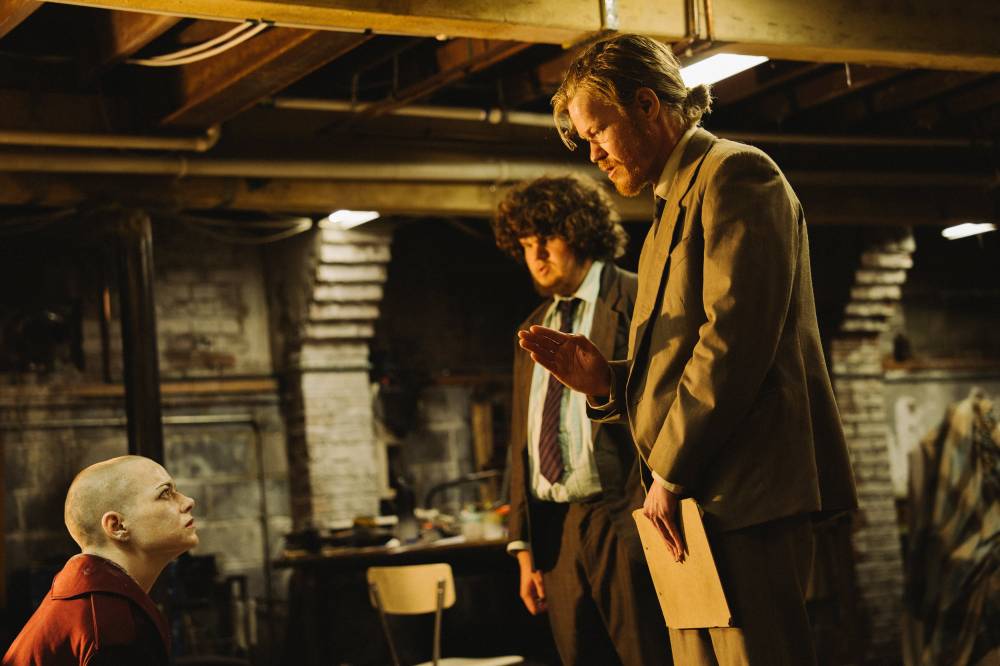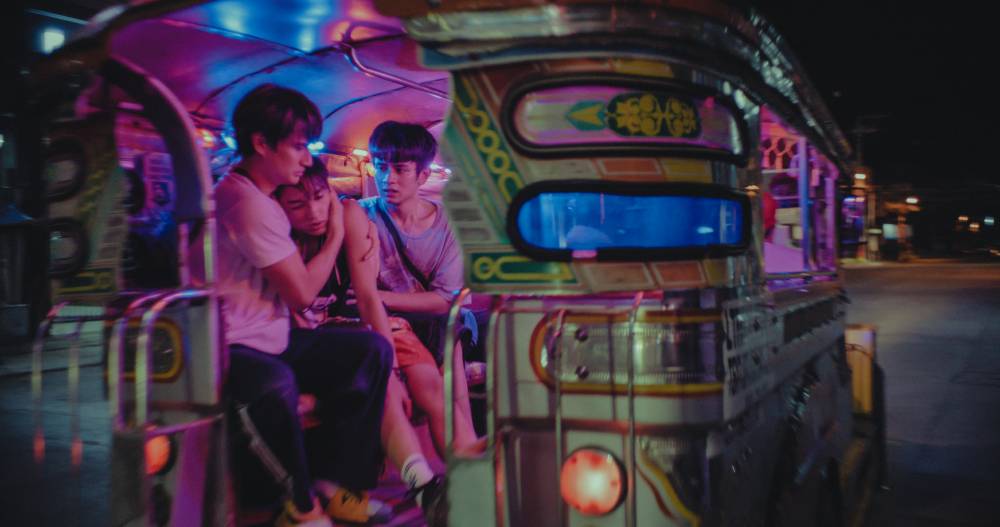Let’s get weird

Critics around the world have hailed director Yorgos Lanthimos’ new work “Bugonia”—neither his best work nor the weirdest for its direction, cinematography, music, and excellent performances of its cast.
While the Greek filmmaker has reached worldwide fame for his idiosyncratic point of view showcased with his Oscar-nominated films “The Favourite” and “Poor Things,” many of my cinephile friends say his earlier works in Greek like “Dogtooth” are far better examples of what is known as the “Greek Weird Wave” of filmmaking—a term coined by The Guardian denoting a movement in Greek cinema with “haunting cinematography, alienated protagonists, and absurdist dialogue.”
A darkly comedic thriller
I enjoyed “Bugonia” for its commitment to its silliness, while balancing the danger and the dread of its premise. Jesse Plemons and Emma Stone lead the cast as Plemons plays a conspiracy theorist who kidnaps Stone’s CEO character, thinking she’s an alien taking over the world through a biotech corporation.
A multi-tiered social commentary, the film is a satire of the kooks and the tin foil hat people who believe everything they read on the internet (not everything, though—only the ones they believe are true), while also taking down big corporations in a dark, cynical albeit funny takedown of a world run by corporations, a few billionaires, and greed.
The audience at the cinema I was watching in was falling apart with laughter while simultaneously clutching their armrests due to the violence the film is not too shy to show in detail.

Make it make sense
In 2025, the internet has shown us how crazy the world has become. On social media, we see the best and the worst of people, and it seems that it’s continuously oscillating between these two extremes. Nothing makes sense, and it’s hilarious to me. Whenever I teach screenwriting in film school, I tell my students to check the internal logic of their screenplays because “even in fiction, your story needs to make sense.”
I find it funny because I always tell them that fact is always stranger than fiction. Some things have really happened for the strangest or stupidest of reasons—but when writing a movie, more often than not, it has to feel believable and real; otherwise, the audience will resist it.
Just read the comment section in posts about films or even replies on film posts on X, Threads, or even Instagram. There’s a whole bunch of movie enthusiasts who quickly give their two cents’ worth—calling out plot holes, unbelievable coincidences, or character choices, and whatnot. In film, for some reason, the narratives need to make sense.
But why? We know it’s fiction. We know it’s scripted. From his book, “Dramatic Story Structures: A Primer for Screenwriters,” Edward Fink harkens back to the Greek plays of Plato and his contemporaries, saying that the most interesting stories are made from “ordinary people in extraordinary circumstances” or the reverse, “extraordinary people in ordinary circumstances.”
The keyword here is “extraordinary.” It means more than the mundane or banal. After all, we go to the cinema to watch something that doesn’t happen every day (or, for slice-of-life films, we come to see the everyday but in a new light).
Absurdity in local films
Local cinema is not without its own touch of absurdity. The campy comedies of Vice Ganda, Rufa Mae Quinto, Eugene Domingo, and Ai-Ai delas Alas are rife with silliness and the absurd. It’s part and parcel of our culture: our hyperbolic slang, our tendency to melodrama. Everything in excess.
But it makes me wonder: Why isn’t this more prevalent in our films?
Just this year, we had three incredible movies that feature a touch of that absurdity. Antoinette Jadaone’s “Sunshine” makes use of an extraordinary dramatic situation as her lead titular character, Sunshine (played by Maris Racal), a gymnast who finds herself pregnant, gets to meet and interact with her yet-unborn child. While this falls under the level of magical realism (mainly because Sunshine never really questions it, even when she finally discovers who this child is), it has the touch of the extraordinary, which is akin to how we Filipinos see the world.
In Petersen Vargas’ “Some Nights I Feel Like Walking,” there’s the whole contentious sequence—one that audiences are divided on whether it’s a dream or it really happened—when two of its main characters, the runaway Zion (Miguel Odron) and the street hustler Uno (Jomari Angeles) are separated from the rest of their group and have this extended moment in a smoke-filled forest. Here, Zion finally lets go of a lover who has passed, and Zion is finally able to make a demand for himself, a kiss to feel like he owns his own body.

It’s an integral part of the film because in this liminal space outside the reality of the film’s dark and scary world, queerness, especially for queer people like Zion and Uno, there’s no real place for them to feel safe. This moment was only available to them in a dream-like world. Bridging these two planes of existence is what director and screenwriter Vargas affectionately calls “the gay oasis.” A bar filled with queer people who openly accept Zion and Uno without question, who have carved a space for themselves outside of society. This extended sequence is the absurd breathing life and amplifying the meaning behind “Some Nights I Feel Like Walking.”

But Rodina Singh’s “Dreamboi” is the most comfortable with absurdity and uses it to full effect in her film about trans women’s need for fantasy as a means for survival. While the real-world issues are on full display in the film, this is constantly punctuated by the strange.
Diwa (played by EJ Jallorina) is constantly meeting characters who take on weird affectations or whose characteristics are amplified to an unreal degree: a homeless man who lives right outside her home, the over-zealous transphobic lawyer, a janitress who looks more like The Joker who leads Diwa into her descent into her fantasy world, and the idea of a mythical bathroom at the bottom of the sixth floor basement where Diwa finds herself side-by-side with her fantasy audio-alter obsession.
The effect is hypnotic, sometimes jarring, but it is also familiar.
Let’s have a little more fun
Filipinos have always had a legacy of absurdity in their cinema. From the true camp aesthetic of Joey Gosiengfiao and all the campy movies that followed; to reading on the later works of master filmmaker Elwood Perez, who foregoes traditional cinematic conventions to create something new and refreshing; our melodramas with exaggerated performances and over-the-top plot twists; and our daring experimental filmmakers who are unafraid of exploring the power of the surreal image, I believe the Filipino films would be greatly enhanced by more explorations of this mode of filmmaking.
Our world is too crazy these days for our films to be so grounded in reality. Let fiction be stranger than fact, and, as audiences, let’s have a little more fun when grappling with our fictions.

















